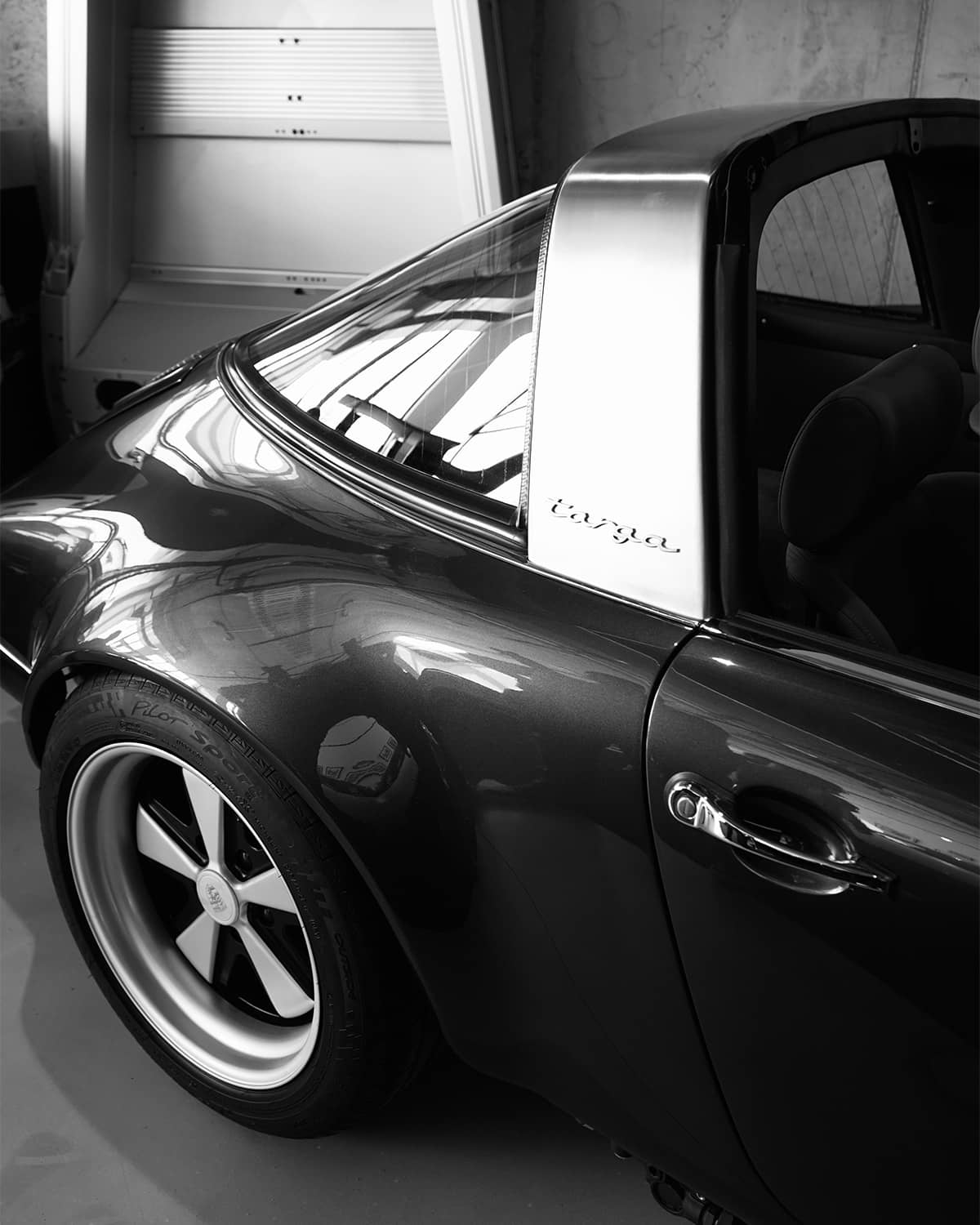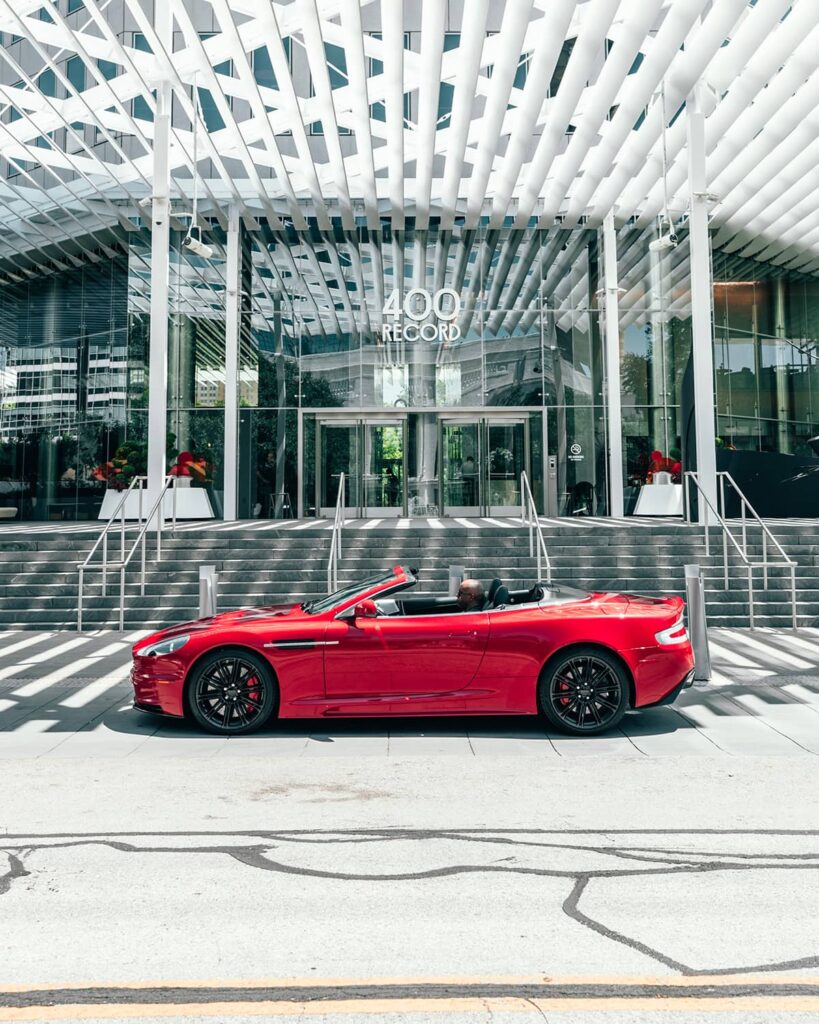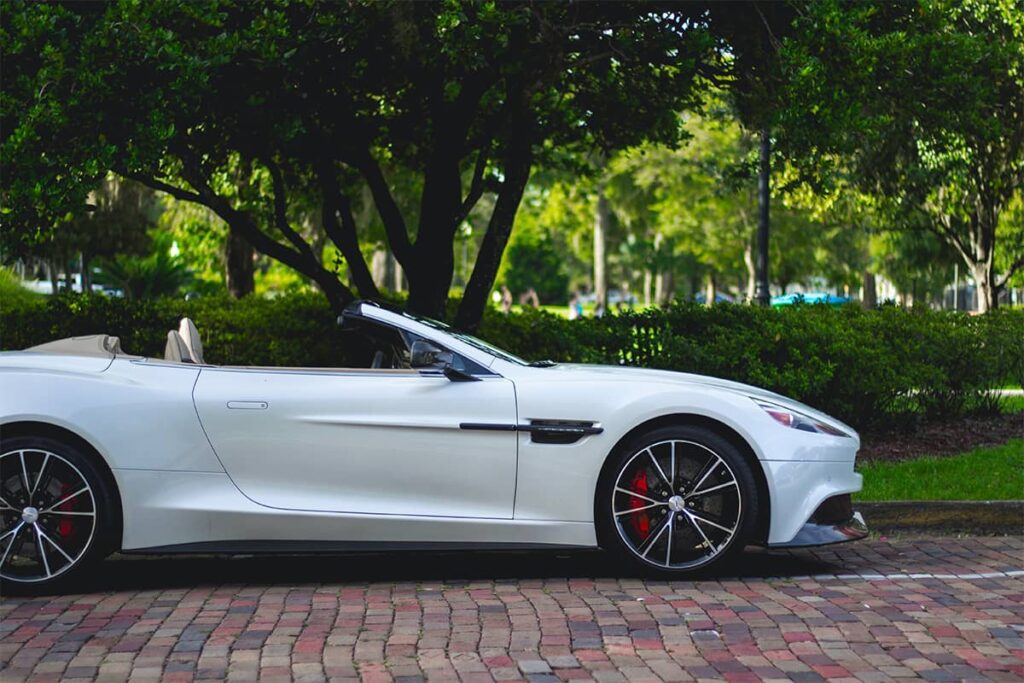Cabriolet vs Targa Top: Which Trade-offs Are you Ready For?

Convertible sports cars hold a special place in the hearts of driving enthusiasts. Few things compare to hitting the open road on a sunny day with the top down and the wind in your hair. Two popular convertible styles are the cabriolet, with its retractable soft top, and the targa, featuring a removable hard top. But which is right for you?
In this post, we’ll dive into the key differences between cabriolets and targas. We’ll explore the unique aesthetics of each, study their performance capabilities, and consider practical factors like visibility, storage, and maintenance. To wrap up, we’ll provide some guidance on choosing the convertible type that best fits your preferences and priorities.

Design Differences Between Cabriolets and Targas
Cabriolets feature a retractable soft top made of cloth, while targas have a removable hard top portion over the front seats. When open, cabriolets are fully exposed with no roof, and targas retain a fixed hoop or roll bars behind the seats.
In terms of storage, cabriolet tops fold into a compartment behind the seats when retracted. Targa panels must be stored elsewhere as they are completely removable. Both styles typically have a trunk in the rear to supplement cargo space lost to roof storage.

Aesthetic Differences
The distinguishing styles of cabriolets and targas each have their aesthetic appeals:
- Cabriolets project a sleek, wind-in-your-hair openness when folded down. Retracted tops give the car a cleaner side profile. However, cabriolets can look bulkier with the top raised.
- Targas maintain a sporty essence thanks to the prominent hoop or flying buttresses left behind the seats when the roof panels are off. The removable top also preserves the vehicle’s overall curves for an aggressive stance.
| Cabriolet | Targa |
|---|---|
| Fully retractable soft top | Removable rigid roof panels |
| Exposed cabin with roof down | Fixed hoop or buttresses behind seats |
| Roof stores in rear compartment | Roof panels must be stored separately |
| Streamlined profile with open top | Aggressive stance maintains curves |
When choosing between the two, personal taste plays a big role. Some feel cabriolets better capture relaxed cruising vibes, while Targas retain a coupe-style design. As we’ll see, aesthetics are just one piece of the puzzle.

Historical Context
Convertible cabriolets and targas both trace their roots to classic sports cars of the 1950s when driving with the top down was de rigueur style.
- Legendary cars like the Mercedes-Benz 300SL introduced early hardtop convertibles in the mid-1950s with removable panels over the driver and passenger but not the rear seats.
- True targa models emerged in the 1960s, such as the Porsche 911 Targa of 1965 featuring a retractable rear window and iconic silver hoop roll bar.
- Classic cabriolets like the Jaguar XK120 boasted simple folding soft tops to let the sun shine in.
- GM F-body with their Chevy Camaro and Pontiac Firebird, became the synonyms for Targa vehicles. These early designs influenced Japanese manufacturers like Toyota and Nissan to create their own T-tops: Nissan 280ZX/300ZX and Supra MK1.
In the 1970s and 1980s the targa retained its sporty identity in cars like the Datsun 280ZX, while cabriolets graced grand touring cars from Mercedes SL Class to Jaguars and Cadillacs.
A resurgence of open-tops arose in the 1990s economic boom thanks to cars like the Porsche 993, Dodge Viper, Mazda Miata, and BMW 3-Series converitbles. This cemented convertible versions as mainstays in luxury and performance lineups that continue today.

Performance and Driving Experience
With open-air freedom comes driving feel and performance considerations:
Power and Handling
Targas retain more chassis rigidity thanks to their hoop and side rails compared to cabriolets which lose that bracing with a folded roof. In terms of handling response:
- Targas lean towards crisp, agile cornering closer to coupe counterparts
- Cabriolets exhibit slightly more flex and weight transfer loading up the rear wheels
Horsepower and acceleration see less impact from body style and more from engine specs. High output convertible models exist in both targa and cabriolets forms – you can buy a 500+ HP offering if desired!
Weight and Balance
Opening the top adds vehicle weight and alters weight distribution:
- Cabriolets carry heavier canvas tops (100+ lbs) behind rear axle with roof down
- Targas mount lighter roof panels (50-75 lbs) over front axle when removed
The cabrio’s rearward weight bias loads the back tires, impacting acceleration and turning. Extra targa panel weight up front places more force on the front tires and suspension.
Key Takeaways
| Cabriolets | Targas |
|---|---|
| Fully retractable soft top | Removable rigid roof panels |
| Exposed cabin with roof down | Fixed hoop/buttresses behind seats |
| Sleeker profile with open top | Retain coupe-style when open |
| More chassis flex | Crisper handling nearer to coupes |
| Heavier canvas top affects balance | Lighter panels reduce the weight |

Practical Considerations
Along with driving dynamics, daily livability differs between cabriolets and targas in areas like:
Space and Visibility
- Cabriolets provide full front to rear side visibility with the top down. Rear view more limited with roof raised.
- Targas offer better overall visibility with either roof on or off. The fixed hoop can obstruct over the shoulder rear sight lines.
Climate and Comfort
- Cabriolets can fully seal the cabin with snug convertible tops when raised. This allows climate control and sound insulation comparable to coupes.
- Targas remain partially open at all times given removable panels over front seats. Wind and road noise enter cabin more easily.
Maintenance and Upkeep
- Cabriolets have more complex power retraction systems. The cloth tops themselves last 5-7 years before needing replacement.
- Targas avoid powered mechanisms (in older models), but the removable panel seals and fitments require attention to prevent leaks over time.
When it comes to usability as daily transportation, targas make some compromises for their sporty character. Cabriolets adapt better overall to foul weather and long drives. But for weekend cruising under sunny skies, targas retain the upper hand.
Personal Preferences
At the end of the day, choosing between the cabriolet or targa comes down to aligning their respective strengths and compromises with your priorities:
Cabriolets suit those who want:
- Full open air freedom when dropped and coupe-like comfort when raised
- Sleeker aesthetic with the top down and emphasis on cruising
- Adaptability for all weather and driving conditions
- Prioritize practicality and versatility
Targas appeal to drivers who:
- Seek increased rigidity and crisper handling when open
- Prefer the aggressive styling of the hoop and flying buttress look
- Plan to use the vehicle for weekend drives in fair weather
- Value pure performance and driving experience
For many fans, the targa strikes the best balance between exposure, versatility, and driving spirit. But the cabriolet offers greater flexibility – explaining its enduring popularity through the years.
Hopefully this overview gives you a better feel for these two classic convertible styles and helps guide you towards your perfect drop-top ride. Targa or cabriolet – either way, let’s get out and enjoy some top-down motoring!
Expert Opinion
As a sports car enthusiast who’s owned convertibles for over a decade, I have experience with both snug-fitting cabriolets and free-flowing targas. In my opinion, it’s hard to beat the all-around package of the modern cabriolet.
Today’s retractable soft tops provide a quiet, weather-tight seal when raised, almost matching a coupe for comfort. Yet with the flick of a switch, you can drop the top for unlimited headroom. The cabriolet gives you the versatility to commute sealed in luxury then cruise top-down on weekends. Pair that with cabriolets’ sleeker wind-blown profile when the roof’s lowered, and it’s an appealing best-of-both package.

Conclusion
When choosing between cabriolets and targas for your perfect convertible, carefully weigh priorities like aesthetic appeal, driving performance, practicality, and expected use. Cabriolets offer enclosed comfort yet unfettered freedom at the touch of a button. Targas retain a signature open-top coupe look and handling to match. While compromise exists with both, today’s convertible models cater well to a breadth of preferences. For more guidance on purchasing, maintaining, and enjoying your drop-top, don’t forget to explore our other resources dedicated specifically to convertible ownership. Happy motoring!
Frequently Asked Questions
The engine and powertrain have a greater impact on acceleration than body style. Both cabriolets and targas are available with high-performance engine options. Cabriolets may see slightly slower acceleration times due to increased chassis flex and more rear weight bias.
In the collectible car market, targas often command higher resale values thanks to appreciation of their iconic styling in classics like the 911 and 280ZX. For modern cars, condition and mileage play a larger role in retained value than body style alone.
Some vehicles like older 911s or Corvettes may be transformed with custom aftermarket conversions, but these entail extensive modifications. Consult a specialty shop for feasibility.
Cabriolets offer better all-around visibility which can ease parking in tight spaces. Targas’ fixed hoops and rails can obstruct over-the-shoulder blindspots. Rearview cameras and parking sensors on modern cars help compensate for visibility deficits.
In-house writer and editor at CabrioNation. I've been a lifelong fan of convertibles ever since my first car, a well-worn Bimmer convertible that I learned to maintain from the ground up. Since then I've owned many soft and hard top models, becoming an experienced DIY mechanic and care taker. I also run a small repair shop and rental service in Montpellier, where I get to share the wind-in-your-hair feeling with customers while also helping fellow cabrio enthusiasts on maintenance and top repairs.



Love it! Great overview comparing cabriolets and targas. I’ve owned both and it’s a tough choice – each have their pros and cons. Leaning toward a targa for my next weekend cruiser due to the more aggressive look. Appreciate the practical considerations too – climate and visibility notes are helpful.